Hi everyone, I am about to start building my new kitchen cabinets. I’m going to tile the counter top and have been doing some research as I’ve done very little tile before. Question: I’m using 3/4 plywood then 1/2 cement board; do I have to cut slots in the plywood? Apparently for expansion and contraction from moisture. Do I need to put a moisure barrier between the plywood and cement board? I really appreciate all the help guys. BTW, I finished the floor with the stone tile entrance way. It’s solid, no bounce and looks great. Thanks for all the input. I’m always learning.
Vern.

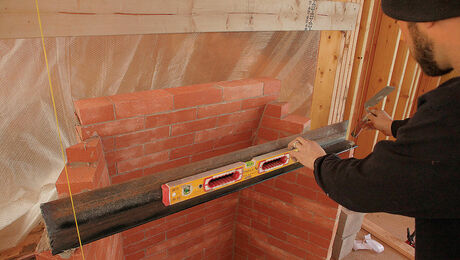
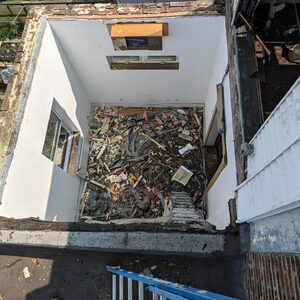
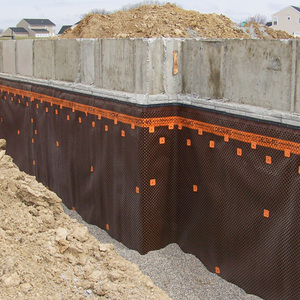
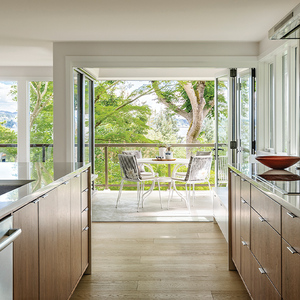
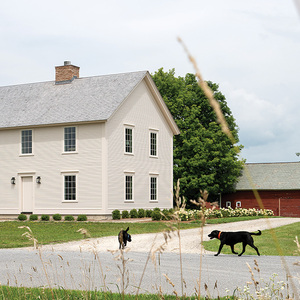













Replies
It doesn't hurt to leave a bit of space between sections of plywood, maybe 1/8". Use either thinset or construction adhesive to bond the backer board to the plywood. No moisture barier needed.
Basically, you would do it just like you would do a floor. Make it monolithic and rock solid, and you should have no problems.
--------------------------------------------------------
Cheap Tools at MyToolbox.net
See some of my work at AWorkOfWood.com
What type and size tile are you planned on using?
Cement board may be overkill for a counter top.
Heck....thinset may be overkill.
J. D. Reynolds
Home Improvements
Click here to purchase nude pictures of your wife
My safest assumtion with any counter top is that it's going to get flooded with soapy water and the kids will climb on it to reach the upper cabinets. --------------------------------------------------------
Cheap Tools at MyToolbox.netSee some of my work at AWorkOfWood.com
Not a bad assumption......and I am often guilty of overkill as well.
In reality though, a solid plywood substrate to which the tiles are properly adhered is perfectly adequate to handle children climbing atop.
Regular puddles of standing water would be an issue if one uses mastic rather than thinset, but such a situation is rather unlikely.
Just letting the OP know he has options.
J. D. Reynolds
Home Improvements
Click here to purchase nude pictures of your wife
Our tiles are a mosaic 12 x 12, made up of 2" tiles. I was originally thinking that I should use 2 layers of 3/4 ply cuz I know that I'll end up climbing on top of them. If you saw what I pulled out, you'd opt for overkill.
With a mosaic of 2" tiles, I'd likely go with thinset over mastic. It will allow you more "play" in keeping the sheets level.
Mixed feelings on the substrate.....lotta grout joints with mosaic which might allow for moisture infiltration, but a doubled 1/2" ply underlayment would make for a stronger countertop overall.
If you do use CBU, be sure to go with 3/4" plywood.
J. D. Reynolds
Home Improvements
I'm not sure I follow the part about thinset over mastic. It's either one or the other.
For elasticity a latex modified thinset would be the best choice. I think a 1/4" notched trowel would be about right for 2" tiles, or maybe 3/32".
Personally, I'd go with 2 layers of 3/4" plywood glued together, then 1/2" backer on that. This way there is a full 2" of thickness for the edge tiles to sit under the lip of the surface tiles. That is assuming you plan on tiling the edge as well.
View Image
Granted, this would make for a fairly thick countertop, but I don't think thats such a bad thing. Better than cutting the edge tiles anyway. Just thought I throw this idea out there.
--------------------------------------------------------
Cheap Tools at MyToolbox.netSee some of my work at AWorkOfWood.com
Edited 5/15/2008 12:24 pm by Ted W.
By over he was not talking about puting in a layer one and the putting the other over top of it.He was talking about selecting one product over the other for it's characteristics..
.
A-holes. Hey every group has to have one. And I have been elected to be the one. I should make that my tagline.
Ahhh!!! as in "Rather than.."
That one really threw me. --------------------------------------------------------
Cheap Tools at MyToolbox.netSee some of my work at AWorkOfWood.com
And your question threw me....LOL
I had NO idea what you were talking about. Funny how two people can read the same sentence (in this instance, my own), yet neither can make heads or tails of what the others interpretation of it is.
J. D. Reynolds
Home Improvements
Builder lingo is hard enough to keep up with. Throwing it that multipurpose terminoloy makes my head spin.
LOL
--------------------------------------------------------
Cheap Tools at MyToolbox.netSee some of my work at AWorkOfWood.com
Edited 5/15/2008 11:12 pm by Ted W.
With the counter tops spanning 24, 30, 36" cabs, I would go with 1 1/2" of plywood and (as suggested earlier)whatever thickness backer that makes the tiling easiest.
Use epoxy grout.
The awful thing is that beauty is mysterious as well as terrible. God and the devil are fighting there, and the battlefield is the heart of man.
- Fyodor Dostoyevski
When I prepped for tile countertops in the past, I did 3/4" plywood with 1/4" hardibacker on top. Havent had any call backs yet and one of the jobs was for my very pucky aunt.
You're gonna hate that countertop real soon after it's done.
[email protected]
How so?
http://forums.taunton.com/tp-breaktime/messages?msg=104595.15
I've completed a "few" tiled tops in my career. Folks "just had to have them".
No matter that I tried to warn them of the sanitary issues, nevermind what it begins to look like after a while. Beyond the grout issue, what about chipping?
All but one of those jobs became pretty disliked soon enough. "I wish I had listened to your advice".
It's mostly a California thing.................
Best wishes.
Eric[email protected]
Thanks. I was thinking of using 12" tiles with dark gray grout as my new countertops after seeing how they performed on the floor. The areas near the sink and stove would have stainless steel. I'll have to think on this one.
I installed 2x2 tile on my countertop once. Looked great, but over time the beige grout I used started to turn different shades in high use areas.
I don't think I would want another countertop with so much grout area, again. It's hard to maintain. Just a thought.
As previously suggested, epoxy grout should take care of any discoloring and/or staining in high use areas. Heck, commercial kitchens use it so they can steam clean.To the OP, careful with it though if you haven't used it before. It can sometimes be...interesting...to say the least.